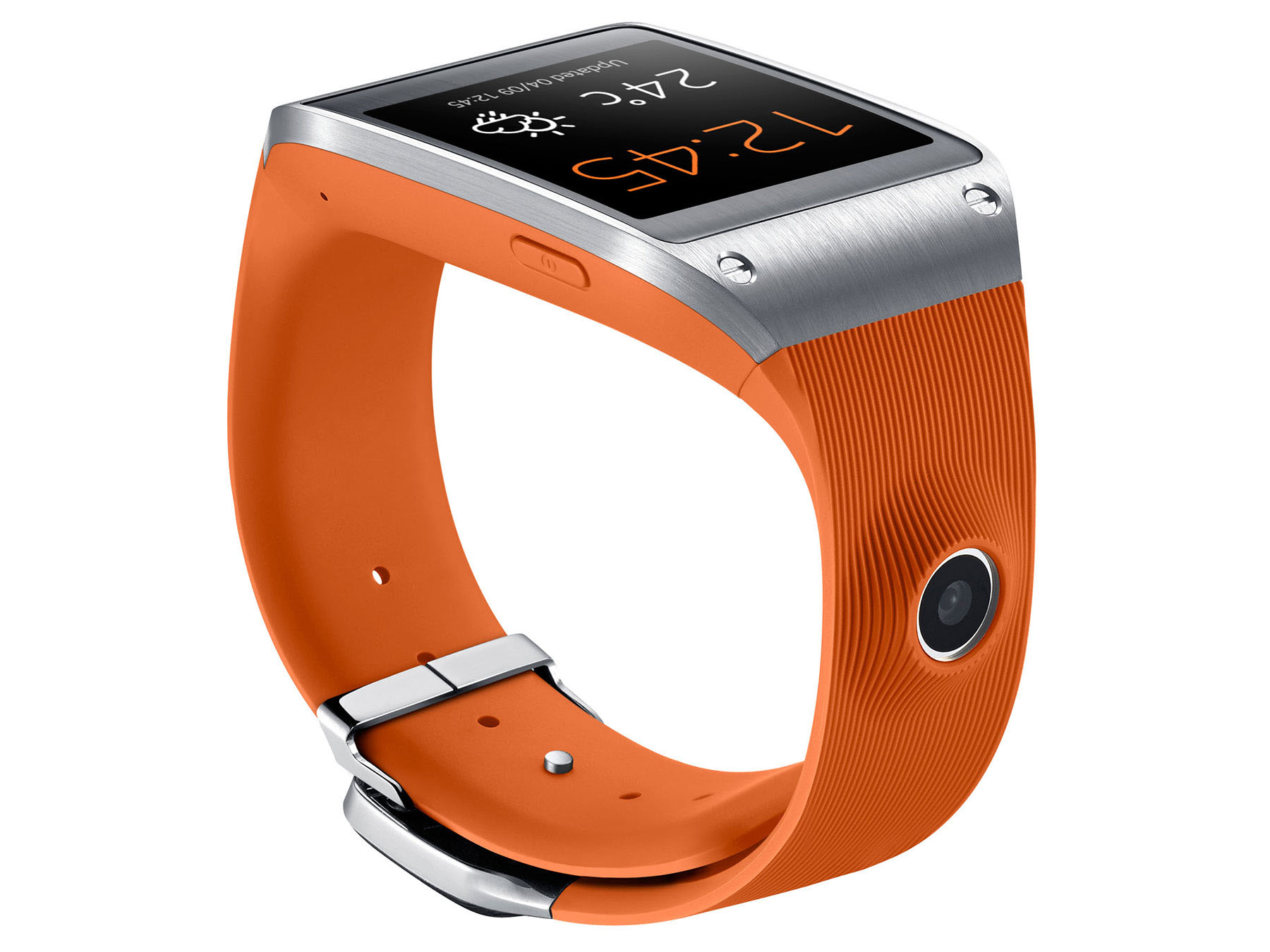
Port Washington, N.Y. – Consumers spent $96 million to buy almost 500,000 smart watches between October 2013 and the end of May 2014, and two vendors — Samsung and Pebble — accounted for 96 percent of retail-level smart-watch revenues, NPD found.
Samsung Gear models accounted for 78 percent of dollar volume, and Pebble accounted for 18 percent.
One-third of models sold to date were purchased during the 2013 Christmas season, NPD also found.
The numbers are based on NPD’s Weekly Tracking Service, which tracks retail brick-and-mortar and online sales, for the period from Oct. 6, 2013, to May 25, 2014.
“With nearly $100 million in U.S. sales in less than a year, the category is off to a promising start with just two major brands,” said Ben Arnold, executive director of industry analysis at NPD.
Based on NPD’s consumer surveys, the market has nowhere to go but up. Twenty percent of consumers said they are interested in purchasing a smart watch, and younger consumers expressed the most interest, NPD said. Among 16- to 24-year-olds, 30 percent said they are interested in buying a smart watch, and 25 percent of 25- to 34-year-olds are interested. But among those likely to buy a smart watch, “cost was cited as the No. 1 barrier to adoption,” NPD said.
Prices, however, are already coming down. “Primarily driven by Samsung’s bundling the Gear with purchases of their Note and Galaxy smartphones, the average price of a smart watch is now $189,” NPD said. Since October, promotions and the launch of new models have caused average prices to fluctuate, hitting as high as $257 and as low as $160, NPD noted.
“We’ve seen smart watches become more affordable as manufacturers eye the opportunity to add them to smartphone purchases almost as an accessory,” Arnold said. “Like any new product category, the overall ASP on these devices will decline as the market becomes more diverse with budget, midlevel, and premium product offerings.”












